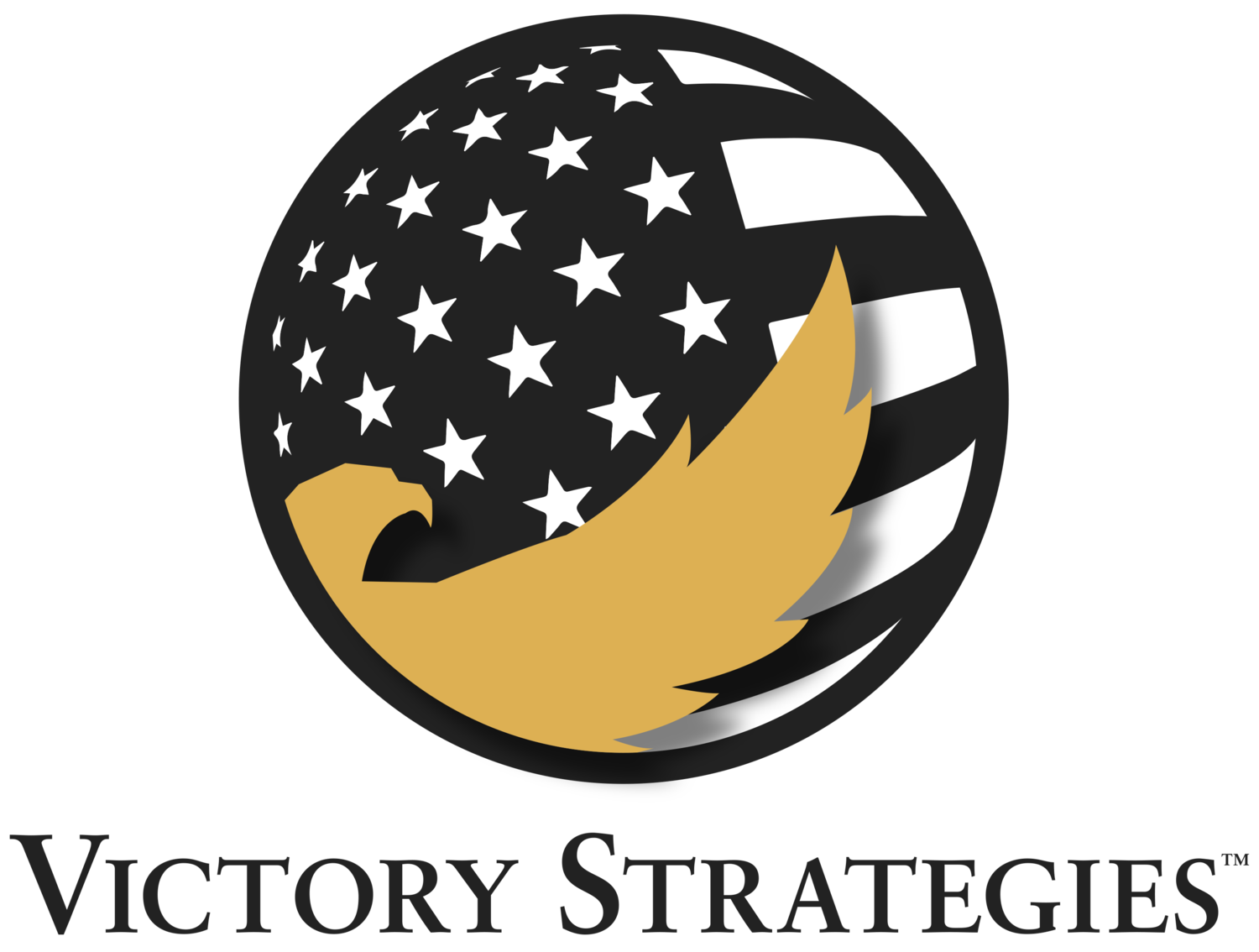Volatility, Uncertainty, Complexity, and Ambiguity. These words seem to define business and the non-profit operating environment. Changing politics, the COVID-19 pandemic, supply challenges, and changing labor attitudes represent only a few of the many topics that leaders must address. However, transition and change remains constant. Teammates need not question whether an organization changes. Leaders must ask how the organization manages change. In June, 2021, Anne Sraders indicated, “So far in 2021, global mergers and acquisitions have totaled a record $2.4 trillion, up 154% from the same period last year.”[1] This statistic seems staggering when one considers that, “study after study puts the failure rate of mergers and acquisitions somewhere between 70% and 90%.”[2] While the growing trend shows continued increase in volatility, one might take some lessons from transitions and change within military structure that could help businesses and non-profit organizations manage these processes.
Managing transitions for any leader or organization presents opportunities, challenges, capabilities, limitations, and risk. In a helicopter, moving from forward flight to a hover demonstrates a visible transition. Transition does not reduce the risk to the aircrew or aircraft, especially in some of the harshest conditions, but aircrews cannot avoid catastrophe without a plan, communication, and precise execution. Throughout my career in military service, I experienced many transitions, especially as leaders changed roles frequently or units transferred authority from one unit to another. Transitions required a methodical process to achieve success, though rarely did I observe seamless results. This process included: detailed planning with an end state, key people, who acquired responsibility for specific tasks, milestone and in progress reviews, onboarding or integration of new people or leaders, a formal and visible transition point, and a plan for integration of the new organization and its leaders after the formal change. Having recently retired from active military service, I managed my own transition in much the same way.
After a defined period of time, usually 6-12 months, our military units conducted full transfers of responsibility and an assigned, deployed mission to the next replacement unit. These periods of time, usually lasting several weeks, created a tremendous amount of risk, as the departing service members focused on packing, consolidating, and moving to depart their theater of operations. This time included new organizations and individuals, unfamiliar with current conditions. In some cases, new teammates arrived, who had no experience in real world operations. Many leaders lacked the experience to help manage risk. Despite the complexity of rotating thousands of Soldiers and hundreds of aircraft, the outgoing units always set the conditions for incoming organizations to rapidly integrate and begin operations in earnest. After all, a transition that produced minimal impact to the mission and customers set the conditions for theater Commanders to permit redeployment, while building comfort with the replacement organization.
Outgoing leaders and staffs planned complex transitions, focusing on effort across multi-functions. In addition to personnel and equipment physically replacing their predecessors, incoming units had to adopt systems, processes, and relationships. Though experienced leaders relied on their memories from previous deployments, conditions changed over time. They had to learn rapidly to operate immediately. Statistically, these transition periods produced the greatest chance for accidental and mission catastrophe. Avoiding such calamity required careful attention to details and planning.
While businesses and non-profit entities generally do not experience the same level of accidental and mission risk, as it applies to physical harm or asset loss, transition periods certainly increase jeopardy of the business, its workforce, reputation, and market share. Transitions include key leader and employee turnover, mergers, acquisitions, sub-contractor rotation, or services replacement. Customers, competitors, and government regulation changes bring more hazard to the organization. These changes require leaders and teammates to take the same actions that I described in the opening portion of this essay.
Based on observation of complex transitions, I identified some key steps to achieve the desired outcome. Step 1 – Identification. The organization must recognize the change or impending change. Step 2 – Assessment. Through analysis and intuition, leaders must determine if they should employ a planning team and process to address the change. Step 3 – Planning. Through incorporation of experts across various functions, the team assimilates the information at hand and produces a plan to address the transition. Step 4 – Communication. Leaders and the planning team must effectively communicate the adjustment or pending change, both internally and externally. Step 5 – Through milestones and assessment mechanisms, the organization executes the plan, adjusting along the way for changing conditions. Step 6 – Culmination. At a predetermined point, given achievement of an end state or certain conditions, leaders must bring the process to completion. Step 7 – Review. Upon culmination, leaders should review all steps with their team to determine what went well, what did not go well, and how the team could improve similar transition management moving forward.
Transition for any individual or organization can produce anxiety, fear, uncertainty, drama, and risk. Organizations can choose to react to a transition period or can attack it aggressively to optimize results. These periods of time are some of the most challenging for leaders, but the best lead to produce order, calm, and continued success from chaos and catastrophe.
[1] Sraders, Anne. “Mergers and Acquisitions: M&A Activity Has Already Blown Past $2 Trillion in a Record-Breaking 2021 | Fortune.” Fortune, Fortune, 2 June 2021, https://fortune.com/2021/06/02/mergers-acquisitions-2021-m-and-a-record-year-spacs/.
[2] Christensen, Clayton, et al. “The Big Idea: The New M&A Playbook.” Harvard Business Review, https://www.facebook.com/HBR, 1 Mar. 2011, https://hbr.org/2011/03/the-big-idea-the-new-ma-playbook.
Authored By: Matthew R. Weinshel, Managing Director
